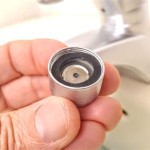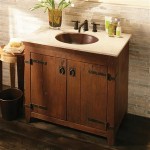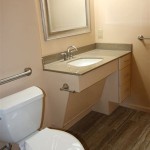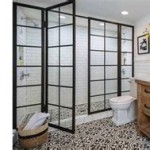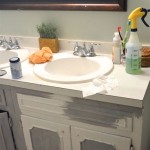Canadian Building Code Bathroom Exhaust: Essential for Health and Safety
The Canadian Building Code (CBC) outlines comprehensive requirements for building construction and safety, including specific provisions for bathroom ventilation. These provisions are intended to ensure proper air circulation and moisture removal, contributing to a healthy and safe living environment. This article delves into the key aspects of the CBC's bathroom exhaust requirements, providing insights into their importance and how they translate into practical applications.
Importance of Bathroom Exhaust
Bathroom exhaust systems play a critical role in maintaining a healthy and safe environment within a dwelling. They address the following concerns:
- Moisture Control: Bathrooms generate significant amounts of moisture from showers, baths, and everyday use. Without proper ventilation, this moisture can condense on surfaces, leading to mold and mildew growth, which can pose serious health risks. It can also cause structural damage, such as rot and warping.
- Odor Removal: Bathroom exhaust systems effectively remove unpleasant odors and gases, such as those produced by cleaning products or personal hygiene activities. This helps to maintain a fresh and comfortable atmosphere.
- Air Quality: Exhaust systems introduce fresh air into the bathroom, replacing stale air and improving air quality. This is crucial for maintaining a comfortable and healthy living environment.
Minimum Requirements of the CBC
The CBC outlines specific requirements for bathroom exhaust systems, ensuring adequate ventilation and moisture removal. These minimum requirements include:
- Exhaust Fan Capacity: The CBC requires exhaust fans with a minimum capacity of 100 cubic feet per minute (cfm) for bathrooms with a single shower or bathtub. For larger bathrooms with multiple showers or bathtubs, the fan capacity should be increased accordingly.
- Fan Placement: Exhaust fans should be strategically located in the bathroom, typically above the shower or bathtub. The fan's position should ensure optimal air circulation and capture of moisture.
- Ductwork: The exhaust ductwork should be properly sized and routed to ensure efficient air removal. It should avoid sharp bends and obstructions that could impede airflow.
- Exterior Venting: The exhaust ductwork should be vented to the exterior of the building. This prevents recirculation of moisture and pollutants back into the bathroom.
Key Considerations for Bathroom Exhaust
While the CBC provides minimum requirements, there are additional considerations to ensure optimal ventilation and a healthy bathroom environment. These include:
- Bathroom Size: For larger bathrooms, consider increasing the exhaust fan capacity to accommodate the increased volume of air.
- Moisture Sources: If the bathroom has additional moisture sources, such as saunas or steam rooms, the exhaust system should be designed to accommodate these.
- Humidity Level: Monitor the humidity levels in the bathroom and adjust the exhaust fan runtime accordingly. This can be achieved through the use of humidity sensors.
- Fan Type: Consider the type of exhaust fan to be installed, such as a standard model, a timer-activated fan, or a humidity sensor-controlled fan.
Compliance with the CBC bathroom exhaust requirements is crucial for ensuring a healthy and safe living environment. By understanding the importance of ventilation, adhering to the minimum requirements, and considering additional factors, homeowners and builders can create bathrooms that are both functional and conducive to well-being.

Bathroom Ventilation In Is An Exhaust Fan Mandatory

Remodeling A Bathroom Canadian Home Inspection Services

Your Bathroom Renovation Measured For Perfection Rona

How To Choose The Right Bathroom Exhaust Fan Make It

Your Bathroom Renovation Measured For Perfection Rona

Learn Rules For Bathroom Design And Code Fix Com
Bathroom Exhaust Fans Greenbuildingadvisor

Venting Of Laundry Room Canadian Home Inspection Services

Remodeling A Bathroom Canadian Home Inspection Services
.jpg?strip=all)
Residential Bathroom Code Requirements Design Tips
Related Posts

